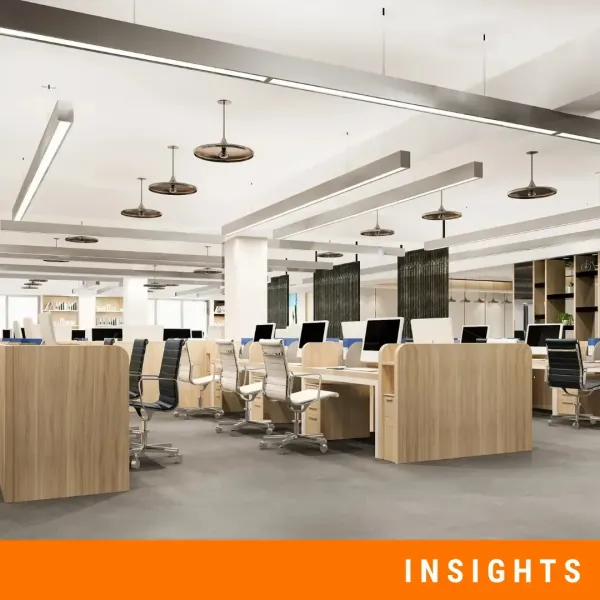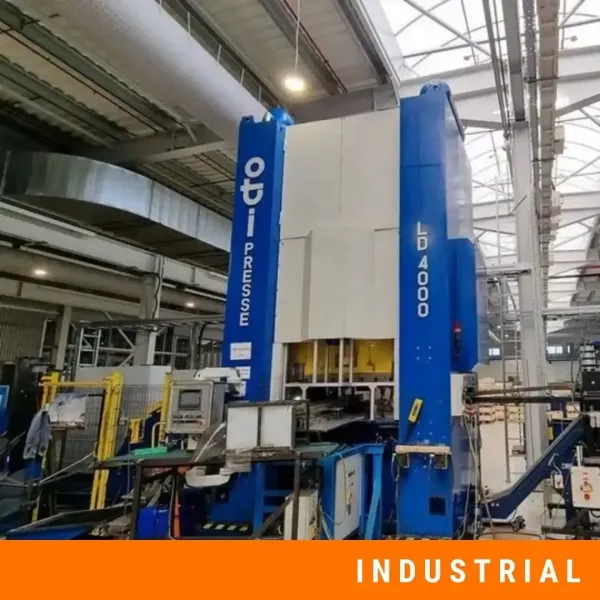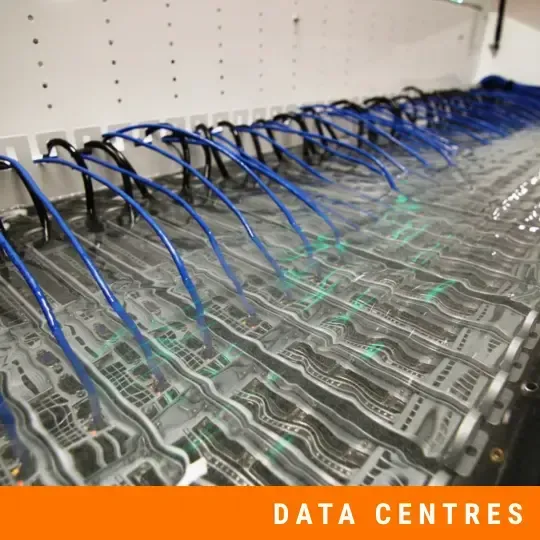Audiometric Compliance: How to Build Truly Certified Hearing Test Rooms
Audiometric testing environments are deceptively complex. From the outside, a compliant hearing test room might appear as a simple, well-insulated box.
In reality, ensuring audiometric compliance is a rigorous multidisciplinary challenge involving architectural acoustics, HVAC engineering, electromagnetic interference control, and regulatory alignment.
Why Compliance in Audiology Testing Is a Systems Issue
When compliance fails, the consequences cascade. Inaccurate threshold measurements lead to misdiagnosis. Workplace hearing conservation programmes become legally vulnerable. Manufacturer calibrations of hearing aids or implants lose reliability. For healthcare institutions and occupational health providers, these inaccuracies undermine clinical outcomes and open the door to litigation and regulatory penalties.
Audiometric spaces must not be treated as afterthoughts, tweaked late in the construction cycle with acoustic panelling or sound-rated doors. Panels alone cannot resolve structure-borne vibration, HVAC duct noise, or octave-band compliance failures at low frequencies. True compliance requires designing every layer and system of the room to work in harmony.
The goal is to create robust, reproducible, and certifiable environments for critical hearing tests. Each subsystem needs to be planned and treated as a connected component of the whole audiology booth. Compliance is about integration.
Standards at the Core: What Compliance Actually Means
Meeting audiology testing standards is a quantifiable, frequency-specific discipline defined by rigorous international and national frameworks. Each standard addresses different aspects of the testing environment, and compliance requires strict alignment with all of them. It sounds serious, because it is.
ANSI S3.1: Ambient Noise Criteria by Frequency Band
The American National Standards Institute (ANSI) standard S3.1 is the cornerstone of ambient noise control in audiometric testing rooms. It defines maximum permissible ambient noise levels (MPANLs) across octave bands, typically from 125 Hz to 8000 Hz.
The ANSI S3.1 standard doesn’t just say, "Keep the room quiet." It sets limits for how loud the room can be at specific frequency bands, from 125 Hz (very low bass sounds) up to 8000 Hz (high-pitched sounds).
Importantly, it’s not about the overall loudness (like a single dB(A) number). Instead, it checks each frequency range separately, because different parts of the hearing tests use different tones. Especially important for identifying hearing loss at low frequencies.
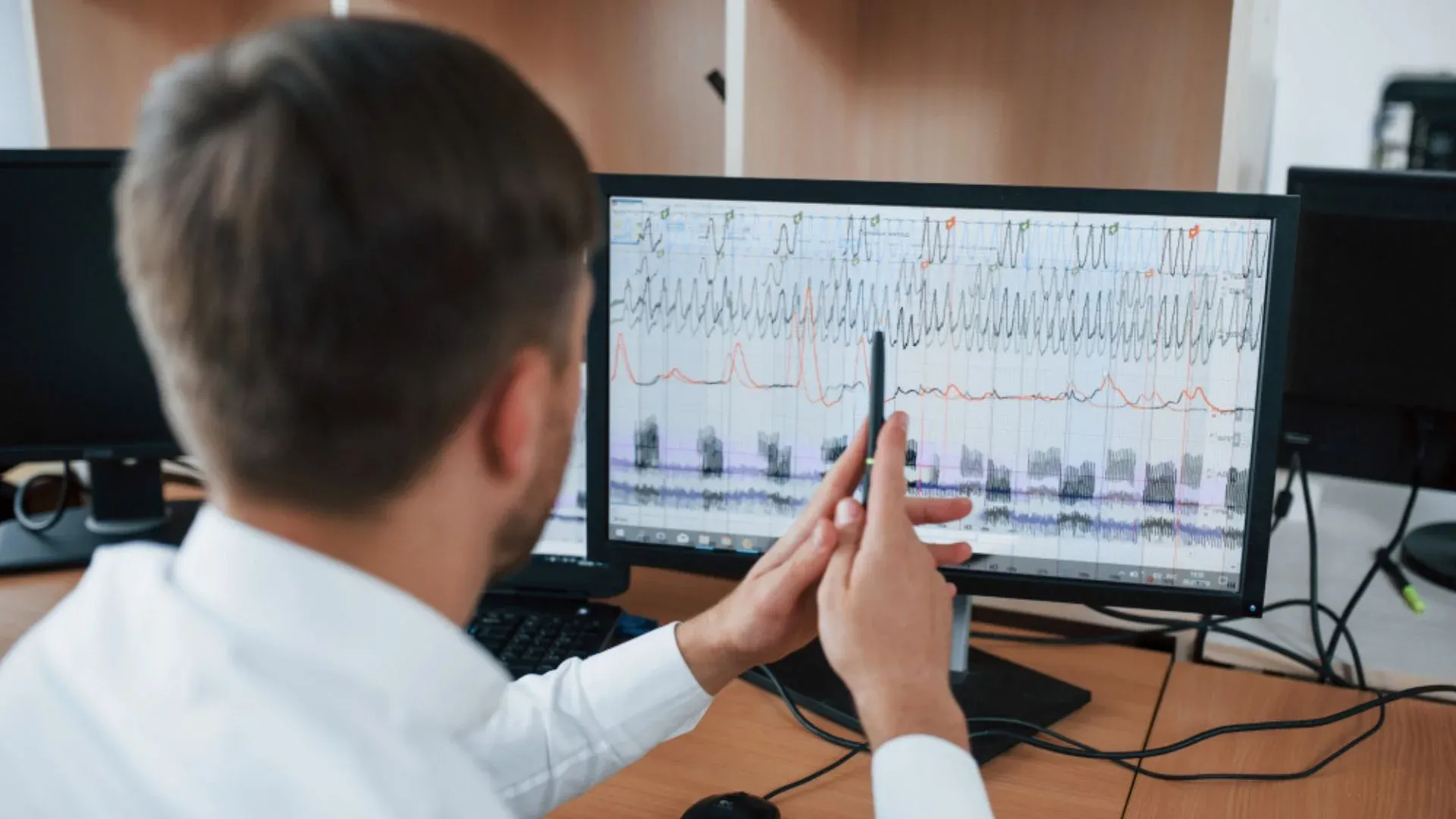
For example, ANSI S3.1 allows only 26 dB SPL at 125 Hz for audiometric booths used without earphone noise masking. That’s significantly more stringent than general acoustic comfort standards used in office or healthcare spaces. A room can meet a 30 dBA rating and still fail ANSI S3.1 compliance due to an excess of low-frequency rumble from HVAC, elevators, or structure-borne vibration.
ISO 8253-1 – Audiometric Procedures and Test Room Design
The international equivalent, ISO 8253-1, outlines how pure-tone audiometric tests must be conducted and under what environmental conditions. It focuses not only on ambient noise but also on room layout, reverberation time, equipment calibration, and test subject positioning.
Key to ISO 8253-1 is the emphasis on reproducibility. Even slight changes in room acoustics, like wall reflections near the test subject, can impact perceived thresholds by several decibels. The standard underscores that the room itself is part of the measurement system, not a passive background.
OSHA 1910.95 – Legal Noise Exposure and Monitoring Requirements
From a regulatory perspective, OSHA 1910.95 sets legal obligations for employers in the United States to implement hearing conservation programmes for workers exposed to average sound levels above 85 dB(A) over an 8-hour shift.
Audiometric testing is a critical part of this programme, and the standard mandates baseline and annual follow-up tests using ANSI-compliant rooms and equipment.
Failure to meet these requirements opens organisations to liability, employee claims, and citations, making audiometric compliance a clinical, legal and operational concern.
Why The Whole Floor Needs to be Silent for Audiology
A common misconception is that achieving a low A-weighted decibel level (e.g. 25 dBA) is sufficient for audiometric testing. In reality, octave-band noise analysis is essential because low-frequency intrusions (e.g. from HVAC or nearby industrial equipment) can still mask pure tones. Even when broadband levels appear acceptable.
This is particularly problematic for identifying mild hearing loss in the 250–1000 Hz range, where structural or environmental hums often reside. Without managing the full spectrum of intrusions, test accuracy is compromised.
Precision Instrumentation: Type 1 or Nothing
To validate compliance, Type 1 precision sound level meters, as defined by IEC 61672-1, must be used. These instruments provide high-resolution octave-band readings across the necessary frequency range and have tight tolerances critical for certification-level testing.
Using consumer-grade or Type 2 meters not only produces unreliable data but can also invalidate compliance audits or legal documentation.
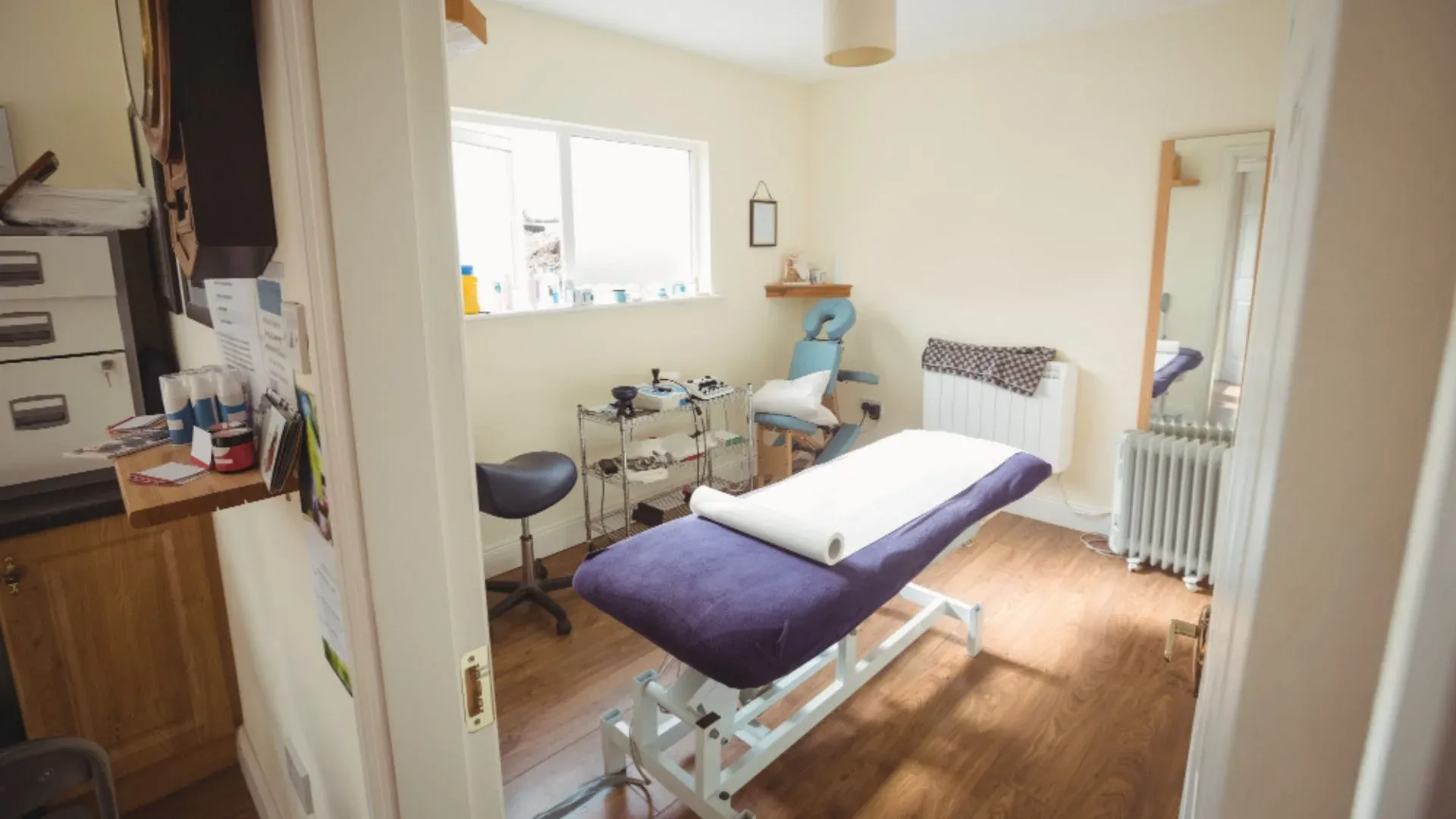
Structural and Acoustic Engineering: Room Envelope Challenges
In audiology testing environments, the room envelope, meaning the combination of walls, ceiling, floor, doors, and windows, acts as the first line of defence against external noise intrusion. But standard construction methods, even those considered “high quality” in commercial builds, often fall short of what's required for audiometric compliance.
The Pitfalls of Conventional Construction
Traditional drywall partitions, suspended ceilings, and standard concrete slabs typically don’t meet the Sound Transmission Class (STC) ratings necessary to achieve the Maximum Permissible Ambient Noise Levels (MPANLs) required by ANSI S3.1.
Even when such constructions achieve high STC ratings on paper, low-frequency leakage and structure-borne vibrations still pose a threat to compliance.
This is problematic in multi-use buildings like hospitals, universities, and medical centres, where mechanical systems or foot traffic generate constant low-frequency noise.
Designing for STC Compliance Is Not Enough
Designing for a minimum STC 55 or higher is a baseline for audiology booths and rooms, but STC is a composite value that underrepresents low-frequency performance. Audiometric testing, however, is most sensitive to noise in the 125–500 Hz range, precisely where traditional wall assemblies perform weakest.
To properly address this, the mass-air-mass principle, multi-layer drywall configurations, and decoupled wall assemblies are necessary. These must be integrated from the early design phase since structural rework after construction can be cost-prohibitive and disruptive.
Flanking Paths and Structure-Borne Sound: The Hidden Threat
Even with high-performance walls and ceilings, noise can bypass the primary envelope through flanking paths. These are indirect noise routes like air ducts, ceiling cavities, or shared structural elements that transmit sound from adjacent spaces.
Equally concerning are vibration bridges: rigid structural connections that allow structure-borne sound to enter the room, especially from HVAC systems or rooftop mechanicals. These vibrations can travel through concrete slabs or steel framing and re-radiate inside the test space, corrupting audiometric results even in otherwise well-isolated rooms.
Proper mitigation demands:
- Floating floors or isolated slab designs
- Acoustic break points in steel or timber framing
- Vibration isolation mounts for building services and mechanicals
Doors and Windows: Weakest Links in the Envelope
No matter how robust the wall assembly, doors and windows remain major vulnerabilities. Sound-rated doors with proper acoustic seals, drop-down thresholds, and magnetic gaskets are essential. However, they’re only effective if installed without gaps or hard connections that reintroduce flanking paths.
Similarly, acoustic windows, often required for observation, must be double-glazed with laminated glass and airtight framing systems, preferably in offset arrangements to disrupt direct transmission paths.
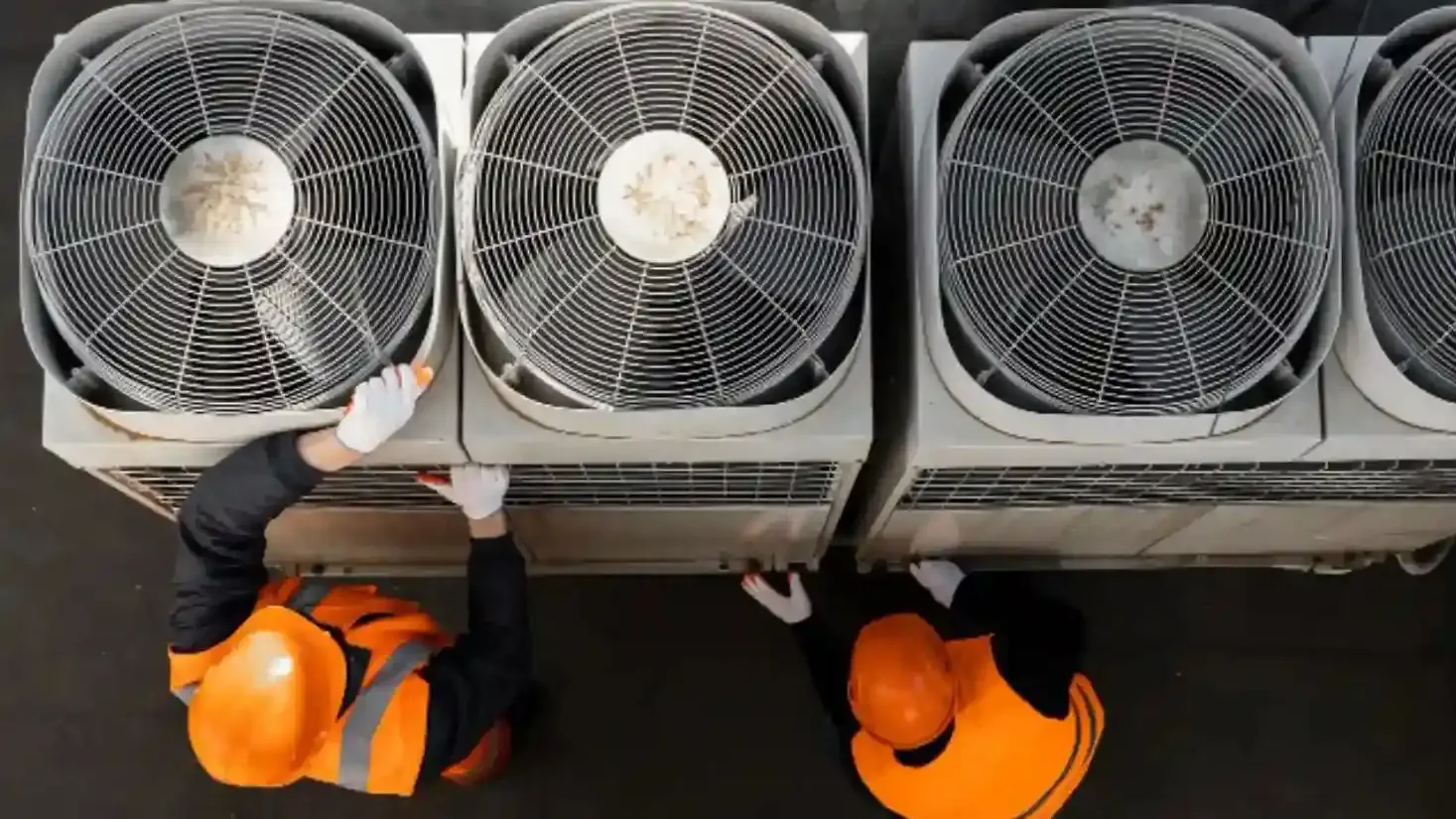
HVAC Systems: The Silent Saboteur
You can’t have proper testing and working conditions without air ventilation. But that hides issues…
Even in meticulously constructed audiology rooms, non-compliant HVAC systems can render the entire testing environment invalid. While ambient sound levels might meet compliance thresholds when mechanical systems are idle, the moment HVAC equipment activates, those conditions often collapse.
The result: compromised testing accuracy, patient dissatisfaction, and potential legal liability.
How HVAC Noise Undermines Compliance
Audiology suites require exceptionally low ambient noise levels, particularly in the critical octave bands from 125 Hz to 8000 Hz, as specified by ANSI S3.1. Unfortunately, HVAC systems are among the most persistent noise offenders, producing both airborne noise (turbulence, fan hum, duct resonance) and structure-borne vibration (mechanical rumble transmitted via ducts or building frames).
Even minor design oversights, such as undersized ducts, tight bends, or poorly isolated air handling units, can introduce low-frequency hums or pressure pulses that exceed Maximum Permissible Ambient Noise Levels (MPANLs) in one or more bands, effectively invalidating test conditions.
Duct-Borne Noise and Mechanical Vibration
Ducts behave like acoustic waveguides. Without treatment, they transmit fan noise, pressure turbulence, and cross-room bleed. Vibration from fans, chillers, or rooftop units can transfer into the audiology suite if not mechanically isolated.
A common mistake is connecting rigid ducts directly to the test room envelope or mounting fans without isolation pads. This creates vibration bridges that re-radiate noise into the space. Even if airborne sound paths are well controlled.
Design Tactics for HVAC Compliance
Achieving HVAC silence is a matter of engineered intervention. These are the key mitigation strategies used in compliant audiometric room design:
- Acoustic Liners: Installing absorptive liners (typically fibreglass or foam composites) within ductwork significantly reduces mid- and high-frequency reflections, lowering the overall sound power level. The length and density of the liner must be specified based on the target insertion loss per octave band.
- Duct Silencers (Attenuators): Inline silencers placed upstream of the test room filter out mechanical fan noise and pressure turbulence before it enters the space. Critical parameters include static pressure drop, insertion loss, and frequency performance curves. These must be engineered, not estimated.
- Floating Mounts for Fans and Air Handling Units: Decoupling HVAC equipment from the building structure using spring isolators prevents mechanical vibrations from entering the architectural envelope. This is essential for low-frequency noise mitigation, especially below 250 Hz.
- Flexible Duct Transitions: Between the terminal diffuser and rigid duct, a flexible acoustic connector should be used to decouple structure-borne vibration. This breaks the continuity of noise paths while still delivering airflow.
- Low-Velocity Airflow and Larger Ducts: Noise increases exponentially with velocity. Oversized ducts allow lower air velocities, which dramatically reduces turbulent noise. A target velocity of <2.5 m/s at terminal devices is typical in audiometric design.
Balancing Airflow with Noise Limits
There’s a direct tension between ventilation needs (air changes per hour) and MPANL compliance. More airflow generally means more noise. This is where HVAC acoustic consultants earn their keep: by tuning system performance to strike a balance between thermal comfort, indoor air quality, and noise control.
Computational fluid dynamics (CFD) simulations and acoustic modelling are often necessary to identify risk points and optimise duct routing, silencer placement, and fan selection before construction begins. Post-build retrofits are rarely effective and usually more expensive.

Designing for Compliance From Day One
When it comes to audiology testing environments, compliance must be engineered in from the outset. Retrofitting for compliance, especially in healthcare or institutional settings, is disruptive and expensive and often fails to fully address systemic flaws that were baked into the structure during early design stages.
Instead, viewing audiometric rooms through a systems engineering lens, where architecture, acoustics, HVAC, and clinical workflow are integrated from day one, creates environments that meet standards, support long-term clinical reliability, and regulatory peace of mind.
Why Early Integration Matters
Noise control is often treated as a “fit-out” consideration. But for audiometric spaces, key acoustic and mechanical performance parameters must be embedded in the core design brief, starting at the earliest concept stage.
Engaging acoustic consultants and building systems engineers before the Concept Design or RIBA Stage 2 allows for:
- Proper zoning of testing areas away from external noise sources or mechanical equipment
- Structurally decoupled room envelopes
- Predictive noise modelling to guide room orientation and adjacency planning
- Coordination of wall and floor buildup for specific STC (Sound Transmission Class) targets
This proactive approach avoids the typical conflict between architectural design intent and performance requirements.
The Role of Predictive Modelling
Tools like BIM (Building Information Modelling) and acoustic simulation software (e.g. INSUL, CadnaA, Odeon) allow engineers to:
- Simulate ambient noise levels across octave bands based on real-world data
- Test mechanical system configurations before procurement
- Identify and eliminate flanking paths in virtual environments
- Forecast compliance with ANSI S3.1 and ISO 8253-1 even before walls are drawn, let alone built.
These models become part of the design documentation, serving as compliance evidence and guiding both architectural and MEP (mechanical, electrical, and plumbing) decisions throughout the project lifecycle.
A Compliance-First Workflow
In best-practice projects, compliance isn't delegated to contractors or solved at the last minute. It is baked into the project delivery plan:
- Stage 0–1 (Strategic Definition / Preparation): Define hearing test performance requirements in the project brief. Establish baseline standards such as ANSI S3.1 or ISO 8253-1.
- Stage 2 (Concept Design): Conduct initial acoustic and HVAC modelling. Preselect acoustic materials and isolation targets.
- Stage 3 (Spatial Coordination): Coordinate envelope designs with building services. Confirm room layouts that minimise external noise exposure.
- Stage 4–5 (Technical Design / Manufacturing): Specify tested, rated doors, panels, HVAC silencers, and vibration mounts. Align procurement with verified performance data.
By the time the contractor is on site, there should be no ambiguity about compliance criteria, performance targets, or the testing and commissioning procedures required.
Audiology testing standards are unforgiving, and post-build fixes often fall short. A systems-based, compliance-first workflow anchored in early-stage modelling and interdisciplinary collaboration is the only reliable path to precision-grade audiology environments.
Get in touch for professional noise control and soundproofing consultation from our expert engineers!
